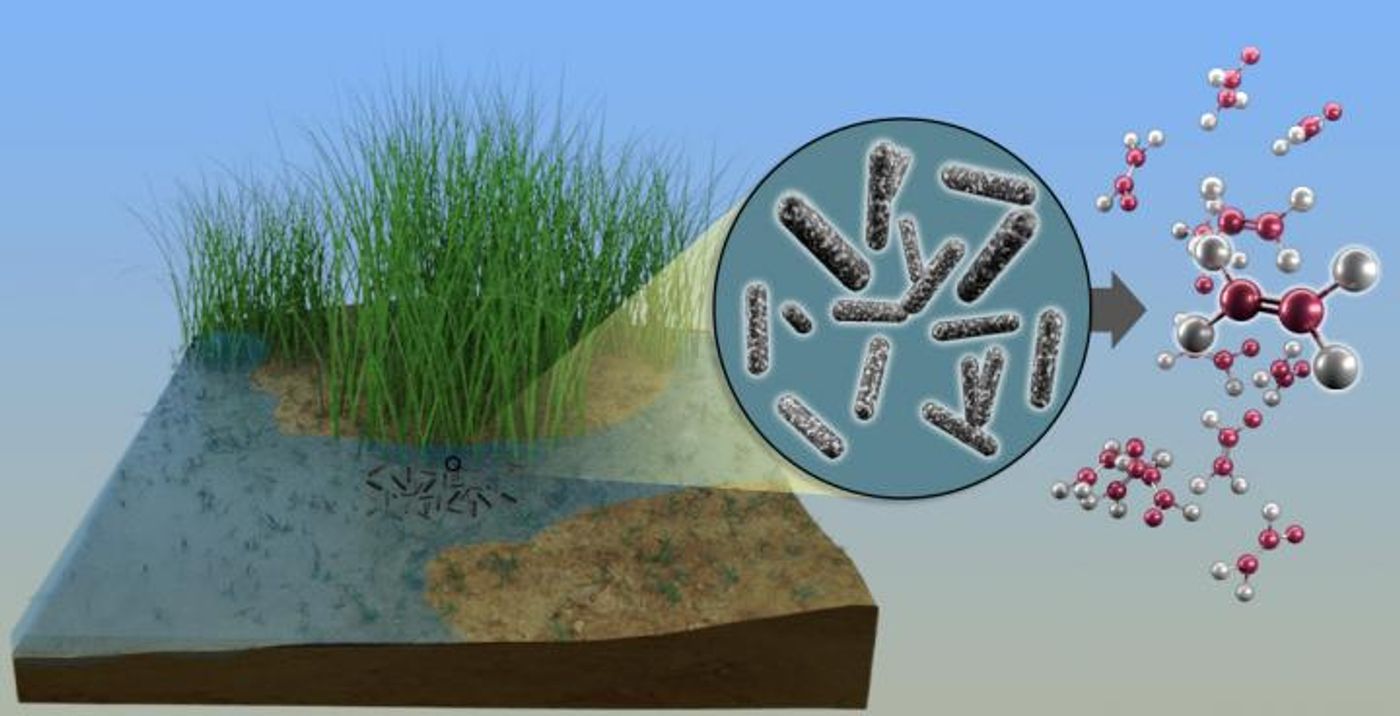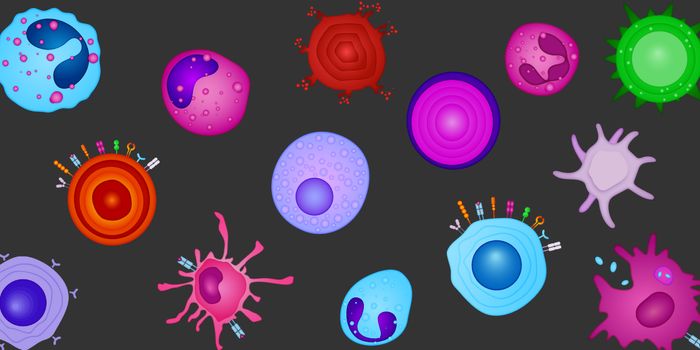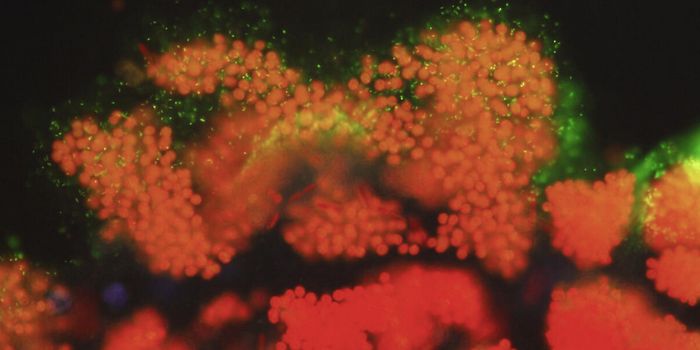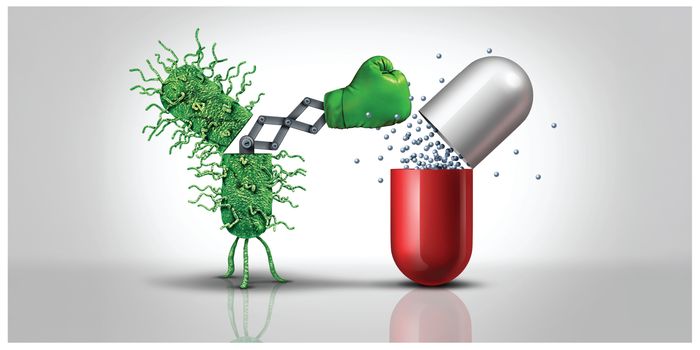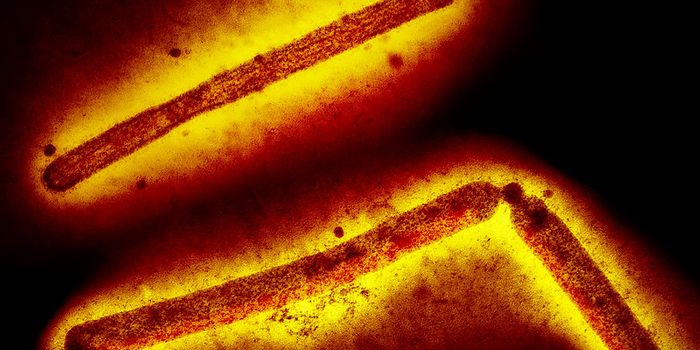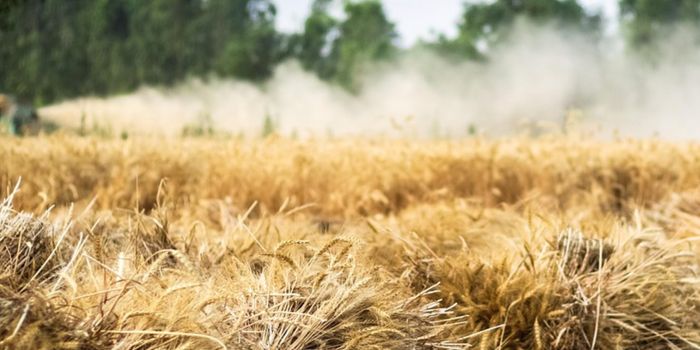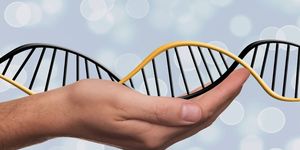Researchers Discover a Way to Use Microbes to Help Make Plastic
Researchers have discovered that some bacteria can make ethylene in a way we never knew about; microbes that metabolize sulfur to live also generate ethylene gas as a byproduct. If humans could harness this process, we may be able to create more environmentally-friendly methods for making plastics. Learn more about how plastic is made from the video below. The findings have been reported in Science.
"We may have cracked a major technological barrier to producing a large amount of ethylene gas that could replace fossil fuel sources in making plastics," said study leader Justin North, a research scientist in microbiology at Ohio State University. "There's still a lot of work to do to develop these strains of bacteria to produce industrially significant quantities of ethylene gas. But this opens the door."
North noted that ethylene is the organic compound that is used more than any other in manufacturing and is used in the production of almost all plastics. Ethylene itself is made from oil or natural gas. Some microorganisms that make ethylene have been found before this, but there has been a barrier to using the process, said the senior study author Robert Tabita, a professor of microbiology at Ohio State; it requires oxygen.
"Oxygen plus ethylene is explosive, and that is a major hurdle for using it in manufacturing," explained Tabita. "But the bacterial system we discovered to produce ethylene works without oxygen and that gives us a significant technological advantage."
Researchers in Tabita's lab were investigating a bacterium called Rhodospirillum rubrum and found that the microbes could acquire sulfur for growth from methylthio ethanol.
"We were trying to understand how the bacteria were doing this, because there were no known chemical reactions for how this was occurring," North said.
Their investigation showed that the bacteria were producing gases, including ethylene. Further work revealed how they did it, and that the microbes also used dimethyl sulfide to generate methane. North acknowledged that we don't know whether these mechanisms are common in nature.
If so, it could help explain some observations. Ethylene is useful to plants but harmful at high levels, said study co-author Kelly Wrighton, associate professor of soil and crop science at Colorado State University.
"This newly discovered pathway may shed light on many previously unexplained environmental phenomena, including the large amounts of ethylene that accumulates to inhibitory levels in waterlogged soils, causing extensive crop damage," Wrighton said.
"Now that we know how it happens, we may be able to circumvent or treat these problems so that ethylene doesn't accumulate in soils when flooding occurs," added North.
Like some other important discoveries, this one was serendipitous; the scientists started out by researching one protein in microbial sulfur metabolism.
"It was a result we could not predict in a million years," Tabita said. "Recognizing the industrial and environmental significance of ethylene, we embarked on these cooperative studies, and subsequently discovered a completely novel complex enzyme system. Who would have believed it?"
Sources: AAAS/Eurekalert! via Ohio State University, Science
